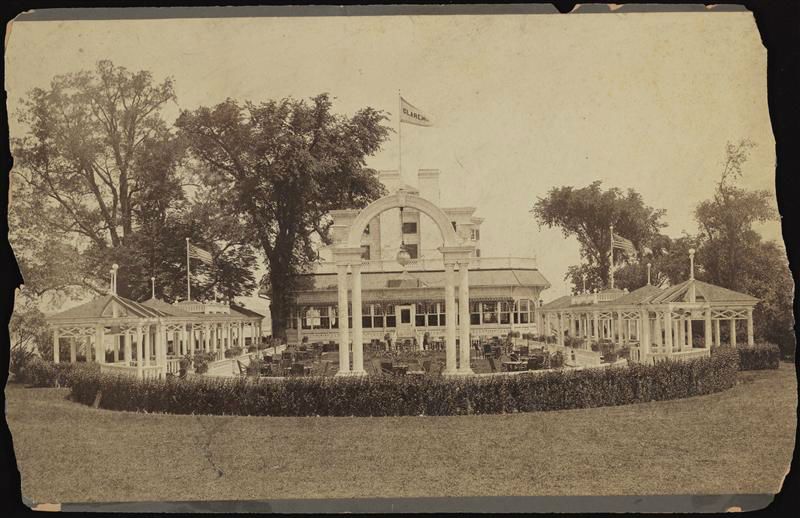
Your home’s roof serves as a shield against nature’s whims. Keeping it in great condition is vital for protecting your family and belongings from harsh weather.
However, many homeowners need to be made aware of warning signs that indicate potential issues. Timely intervention can save you money and preserve your home’s structural integrity. Let’s explore six alarming signs you should always pay attention to regarding your roof.
Sign 1: Water Leaks
The most unmistakable sign of a roofing issue is the presence of water leaks, which often manifest as dark stains on ceilings or walls. Neglecting a leak can lead to more extensive damage, including structural deterioration, mold growth, and insulation problems. Even the smallest of leaks can be symptomatic of a larger, hidden problem, so immediate attention is pivotal.
It’s essential to inspect your attic or the highest rooms in your home regularly for signs of water intrusion, especially after a heavy storm. Hiring professional Spring roofers to assess the situation can help identify the source of the leak, be it damaged shingles, a compromised seal, or a failing underlayment. An early service call could prevent costly repairs down the line, as water damage can spread rapidly and stealthily throughout a home.
Sign 2: Damaged Shingles
Damaged or missing shingles indicate a distressed roof. Curled, cracked, or absent shingles can expose your home to water damage and weaken its weather resistance. Extreme weather fluctuations in certain regions often cause this damage.
Over time, the sun’s heat can warp shingles and cause granule loss. These granules reflect UV rays and maintain shingle integrity. Regular roof inspections are crucial to identify wear and tear. Skilled roofers should promptly replace damaged shingles to prevent further deterioration. Proactive maintenance extends your roof’s lifespan and protects your home from leaks and insulation issues.
Sign 3: Sagging Roof
A sagging roof is a sign that your roofing structure may be compromised and requires immediate inspection. This can happen due to water exposure, heavy snowfall, or decay of materials or support beams. A sag suggests that the weight on the roof exceeds its capacity, causing a slow, inevitable slump.
If you notice a dip or curve in the roofline, it’s important to call a professional roofer. They can assess the severity of the sag and recommend necessary action. Ignoring a sagging roof can lead to a dangerous collapse, posing risks to property and personal safety. Addressing this issue promptly can prevent costly repairs and protect the longevity of your home.
Sign 4: Missing or Loose Roof Materials
Missing or loose roof materials indicate vulnerability to environmental elements. Severe weather events, like windstorms, can dislodge critical components, leaving the roof exposed. Even a few misplaced nails or loose tiles can lead to issues like moisture penetration, rot, or mold.
Regular inspections, particularly after severe weather, can detect issues early, allowing prompt repairs to protect your roof. If any abnormalities are found, it’s best to consult a roofing expert for a thorough assessment and repairs using appropriate methods and materials. Ignoring these signs not only risks further damage but also increases the likelihood of more expensive and complex interventions later on.
Sign 5: Increased Energy Bills
A sudden spike in energy bills can be a symptom of an underlying problem with your roof’s insulation. If your roof fails to seal in the warmth during winter or keep out the heat during summer, your HVAC system will have to work overtime to maintain a comfortable indoor climate. This inefficiency typically arises when roofing materials are compromised, allowing air leaks.
These leaks can be due to deteriorated seals, missing shingles, or inadequate insulation. Regularly monitoring your energy consumption can help pinpoint such anomalies, indicating it may be time for a roof inspection. Engaging with professional roofers to address these issues can not only restore your roof’s insulation properties but can also lead to significant energy savings in the long run.
Sign 6: Mold or Mildew Growth
Mold or mildew on your ceiling or exterior walls indicates excess moisture and inadequate ventilation in your roofing system. This growth affects your home’s appearance and poses health risks, especially for those with respiratory issues. Often, neglected leaks or poor insulation lead to mold and mildew, allowing moisture to accumulate in hidden areas.
Address these issues promptly to prevent their spread and deeper penetration into your home’s structure, saving you from costly and extensive remediation. Ensure proper attic ventilation and immediate repair of leaks to prevent mold or mildew. For mold detection, hire expert roofers specializing in remediation to resolve the situation and prevent future growth effectively.
Your roof is an investment that requires regular maintenance to ensure a long and healthy life. By remaining vigilant to these alarming signs, you can protect your home, your family, and your wallet. Don’t wait for disaster to strike; call a professional roofing service at the first indication of trouble. Regular inspections and timely repairs are the best defenses against the ravages of time and weather.
- Boston: Smino Honored With Lifetime Achievement Award By Harvard’s Black Men’s Forum
- Start Your Wealth Journey: Open A Demat Account For Easy Stock Investing
- One Test, Many Badges: Mayor Adams’ Public Safety Job Series Hits From Harlem To Hollis
- Top Challenges For New Dumpster Rental Companies And How To Overcome Them
- How Inadequate Maintenance Causes Truck Accidents
Become a Harlem Insider!
By submitting this form, you are consenting to receive marketing emails from: . You can revoke your consent to receive emails at any time by using the SafeUnsubscribe® link, found at the bottom of every email. Emails are serviced by Constant Contact









